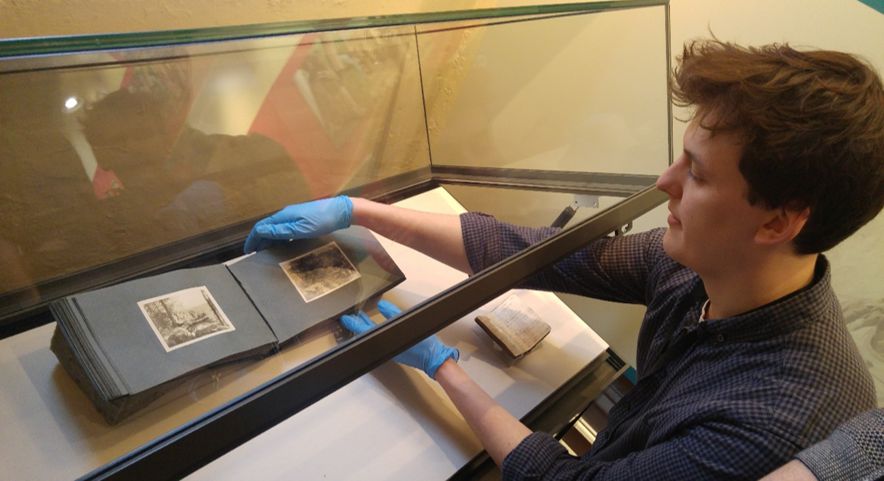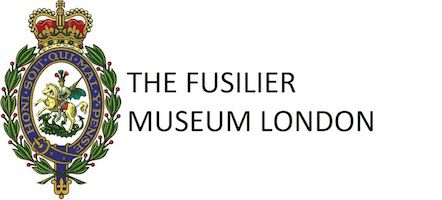North Russia: The Forgotten Front of World War One, 1918-1919
On the 11th hour of the 11th Day of the 11th Month, 1918, the bloodshed of World War One finally came to end…
...Or did it?
Last year saw the 100-year anniversary of the end of a largely forgotten theatre of World War I, which would become known as the North Russia Intervention. Soldiers from the Royal Fusiliers, many of whom were veterans from the infamous battlefields of World War One, would now find themselves fighting against their former ally.
In our first of a series of temporary displays curated by volunteers at the Fusilier Museum London, visitors will have the opportunity to learn more about this remarkable and often overlooked conflict and discover the personal experience of Fusiliers who fought in North Russia.

[One of our volunteers moving our North Russia objects from storage out on display]
"Strangle Bolshevism in its cradle”
- Secretary of State Winston Churchill

Russia’s involvement in World War One had largely been a disaster fuelling ever increasing dissatisfaction with the Tsar and the ruling class. Under-equipped and poorly led, the common Russian soldier was subject to a string of humiliating defeats and sacrificial attacks. Russian military failure would prove to be the spark that would ignite the fire of revolution. Lenin and his Communist Bolshevik party seized power and signed an armistice with Germany and Central Powers, collapsing the Eastern front.
In a desperate attempt to revive the Eastern front and to prevent former Russian territory from being annexed by the Germans, an International Contingent made up of land, sea and air forces from different allied nations was sent to Archangelsk (Archangel) to support the anti-Bolshevik ‘White’ forces.
A lack of enthusiasm to become embroiled in another conflict meant that British political support for the intervention was fragile. Consequently, Britain’s military support for the anti-Bolsheviks as well as the other allied nations that made up the Contingent, was piecemeal. As ‘White’ Russian opposition to Communist ‘Red’ forces evaporated through disillusionment and desertion, the futile nature of the Contingent’s task in Russia became palpable. Preparations were soon made for its evacuation.

In May 1919 a relief force formed primarily of 45th and 46th Battalions Royal Fusiliers, arrived in Archangelsk to form a rear guard for the Contingent’s retreat. The Fusiliers would face gruelling conditions in North Russia, sweltering heat and insects, savage fighting and a deteriorating military situation.
The Fusilier Museum is fortunate to hold the diary of Private Geoffrey Troman of the 46th Battalion Royal Fusiliers [RFM.2016.6] who gives a lurid account of his experience in North Russia. Visitors to museum will be able to see the diary not usually on display, along with a photo album of the 45th Battalion [RFM.1560] showing fusiliers “dug-in” in a series of trenches emplaced in the dense Russian woodlands to cover the Contingents withdrawal.

[Photograph Album of 46th Battalion Royal Fusiliers in North Russia, showing Fusiliers in the Russian wilderness, one is operating a Lewis Machine gun (left)]
Visit the Fusilier Museum to find out more about the North Russia Intervention and more exciting stories from the remarkable 400-year history of the regiment. Volunteers researching the museum’s collection continue to uncover exciting new information we want to share with you! Stay tuned for a blog on the next temporary display on the anniversary of the Korean War coming soon!
By Collections Research Volunteers Paul Wright and David Ingle.
